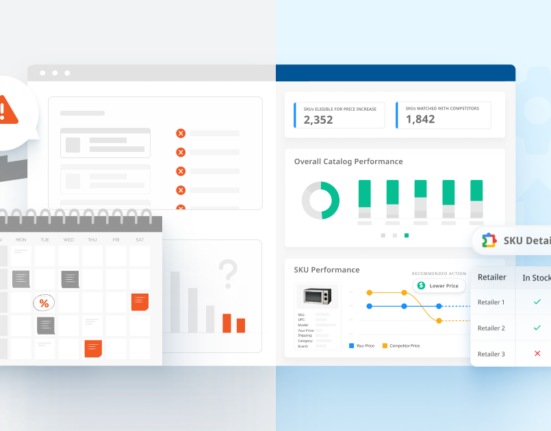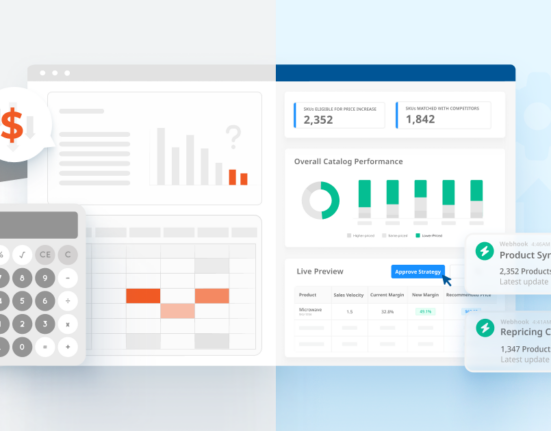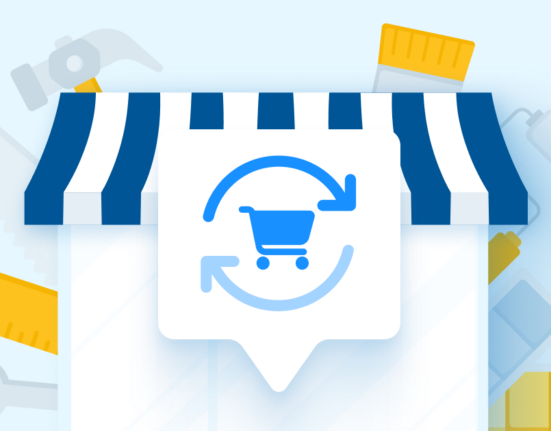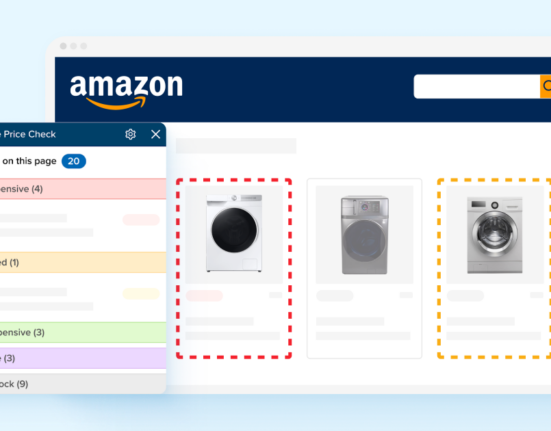Why should MAP monitoring be top-of-mind for retailers? Minimum advertised price (MAP) policies are guidelines set by manufacturers for authorized retailers to only advertise certain products above the price set by the manufacturer in order to protect brand image, profit margins, and retail value. In fact, 40 percent of retailers may never violate MAP, but on average, 20 percent violate all the time.
Monitoring MAP violations may seem like it would be more important for manufacturers, but retailers should also pay close attention as it affects them as well. Here are the top four reasons why retailers should care about MAP:
1. Competitive Intelligence
With MAP monitoring, retailers are able to track their competitors’ prices and adjust their own pricing strategy accordingly. Using that information, they can also report violations to the respective manufacturers to alert them to take action. This results in better relations with the manufacturer and more flexibility for pricing. If any authorized re-sellers fail to comply with MAP policy, the manufacturer has a choice of cutting them off. This allows the remaining retailers who did follow the policy to have more price flexibility and a chance to increase their margins.
2. Preventing Price Wars
One reason why manufacturers set MAP policies in place is to prevent price wars from starting between competing retailers. Price wars provide no lasting benefit and affect both future sales and brand value negatively. Sales and conversion rates may temporarily improve, but the constant price-cutting bites into profits and decreases loyalty for future sales due to customers only going to the lowest bidder. One violation leads to more and more violations, as retailers fight to stay price competitive, depleting profitability across the board. Prices wars not only affect retailers, but also impact the manufacturer as well. Lower prices convey lower product quality to the consumer, thus lowering value within the consumer’s mind. Retailers are ultimately an extension of the manufacturer; MAP violations can lower the customer’s perception of both the retailer and the manufacturer.
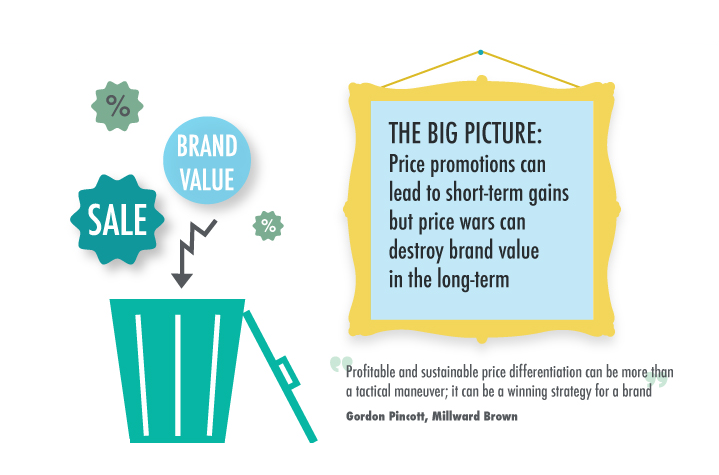
3. Protecting Profit Margins
Price wars can be mitigated and a product’s value maintained over time as long as MAP monitoring is taking place and a MAP policy is being upheld. A product with more value in the marketplace becomes easier to sustain a positive profit margin from, which ensures more sales by the retailer, which in turn buys more from the manufacturer. Ultimately, your manufacturers’ brand associations reflect upon yourself as a reseller, so it’s in your best interest to help protect manufacturer pricing. This is a win-win for both parties.
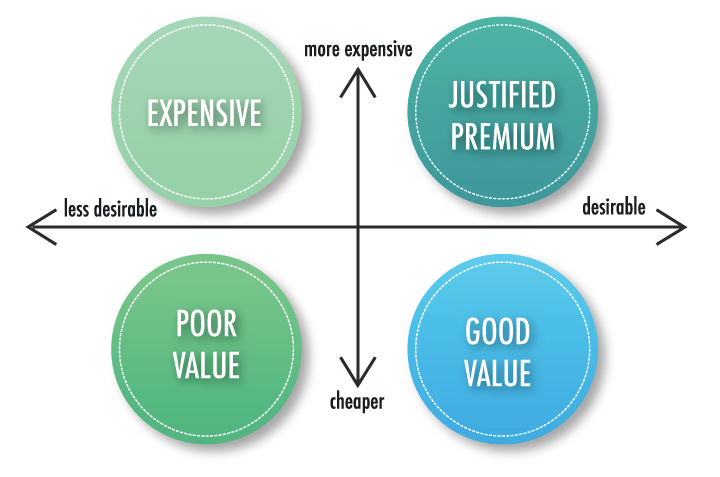
4. Brand Compliance and Relationship Management
Manufacturers typically pick and choose retailers that they feel resonate well with their product and image in order to position themselves optimally within the market. Respecting their choice in retailers and obeying the MAP policy helps maintain a positive relationship and lead to better discounts or prices over time. Some would argue that this suppresses competition among retailers by not allowing them to advertise and sell products however they choose. Retailers do have the choice to break the agreement whenever they like (or to find loopholes that push the line of acceptability), but they risk the consequence of having the reseller relationship terminated by the manufacturer.
How to Address MAP Monitoring
The benefits of agreeing to MAP policies outweigh the drawbacks and help both the manufacturer and the retailer. Compliance boosts relations between the two and allows for both brands to improve without fear of losing value.
Like with most things in business, the challenge is how to implement MAP monitoring in a way that saves time and money. You can manually monitor MAP policies, but who has time for that? Instead, check out MAP monitoring tools that can automate the process and don’t have to break your budget.
Look for solutions that:
- Track prices across all sellers and channels
- Identify all sellers (even the gray market ones)
- Flag MAP violations immediately
- Notify all involved parties of the violation
- Log violations so you have a historical record of compliant and noncompliant sellers
You should be proactive about MAP violations by monitoring these pricing policies. Also, ensure your prices are compliant across all channels.
Any questions on this crucial component of merchandising compliance? Don’t hesitate to connect with us for more information on MAP monitoring and price optimization.
Editor’s Note: This post was originally published in December 2016 and has since been updated and refreshed for readability and accuracy. Contributing Writers are Matt Ellsworth and Matt Chow.





